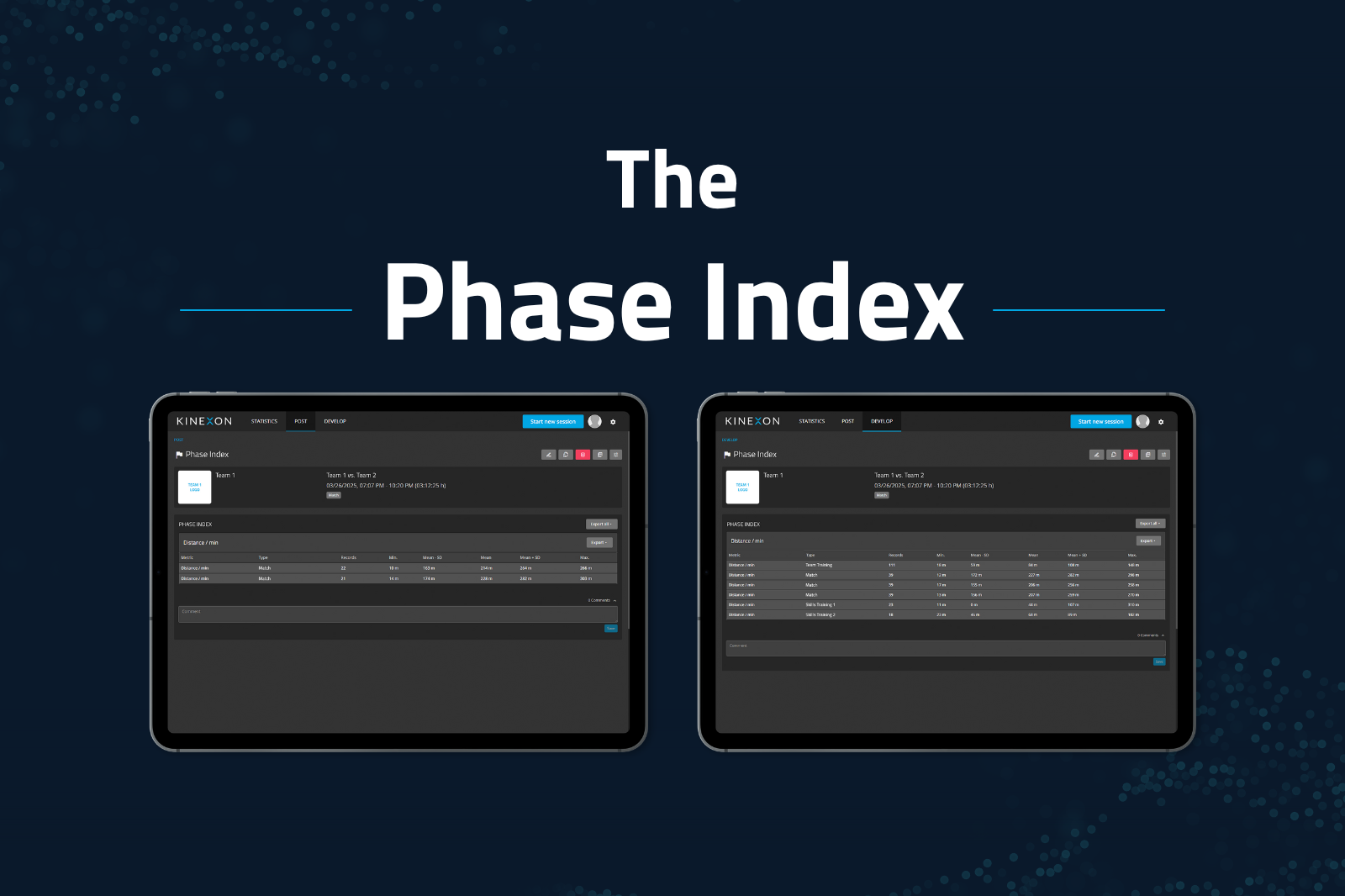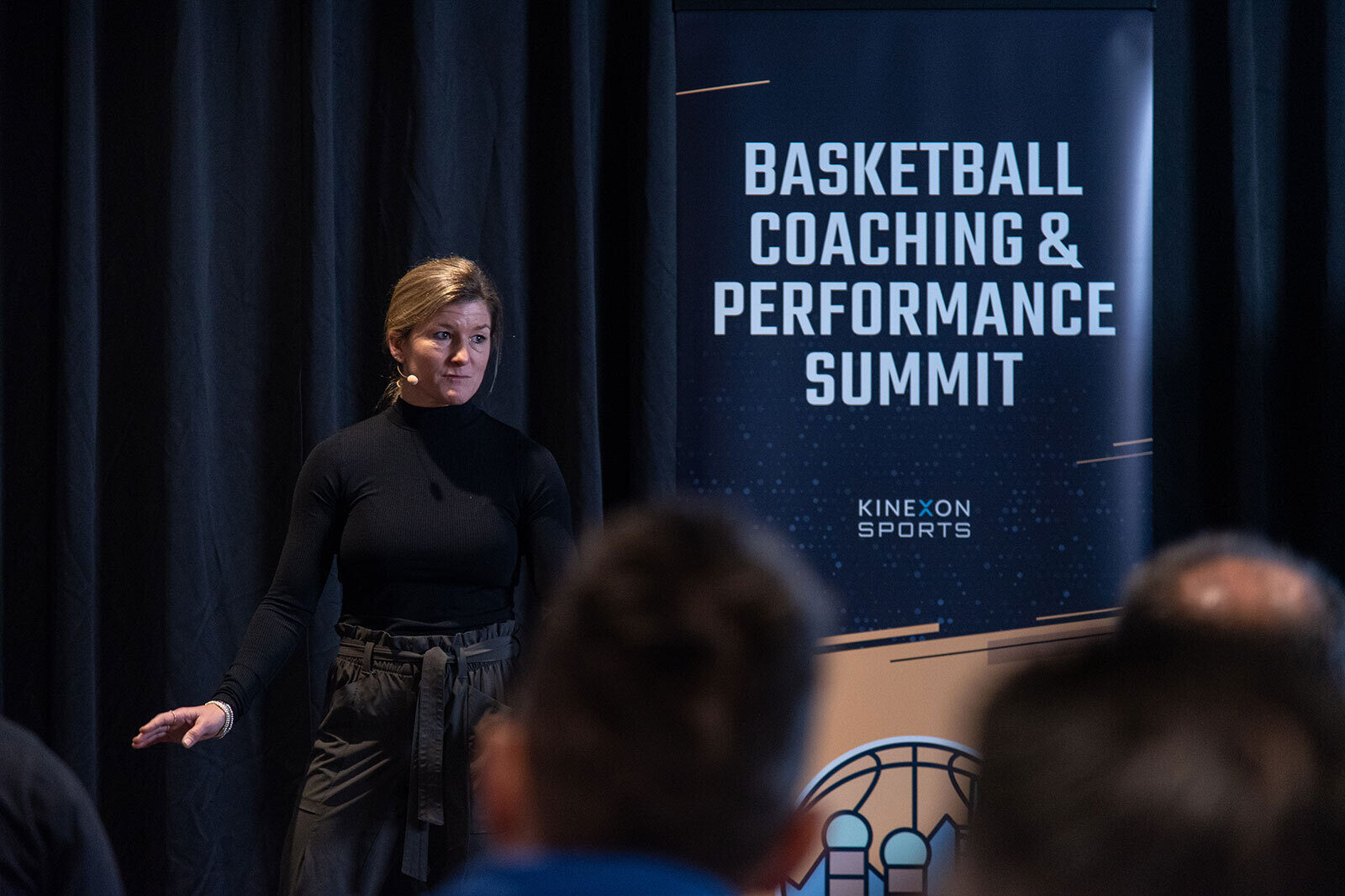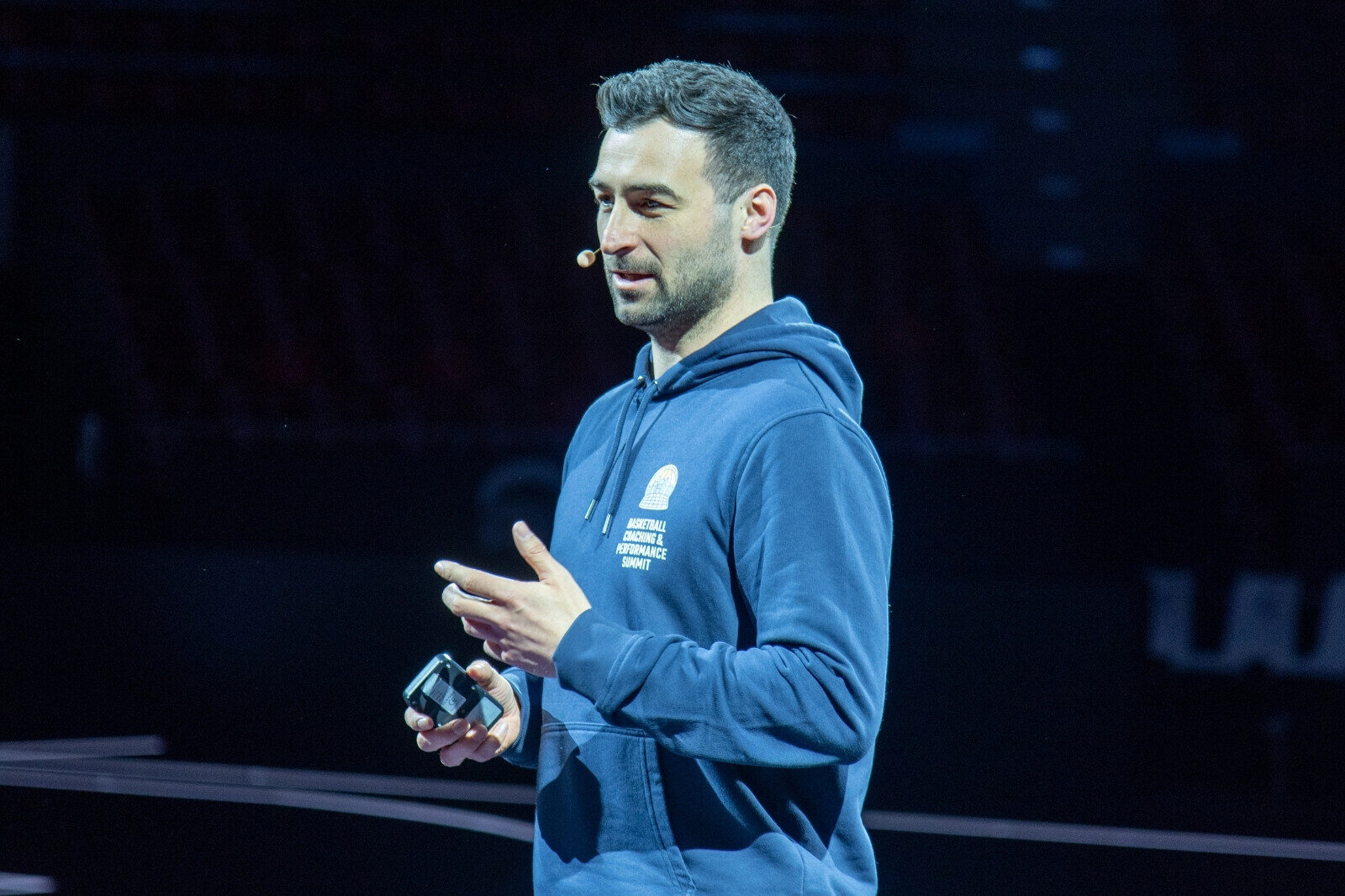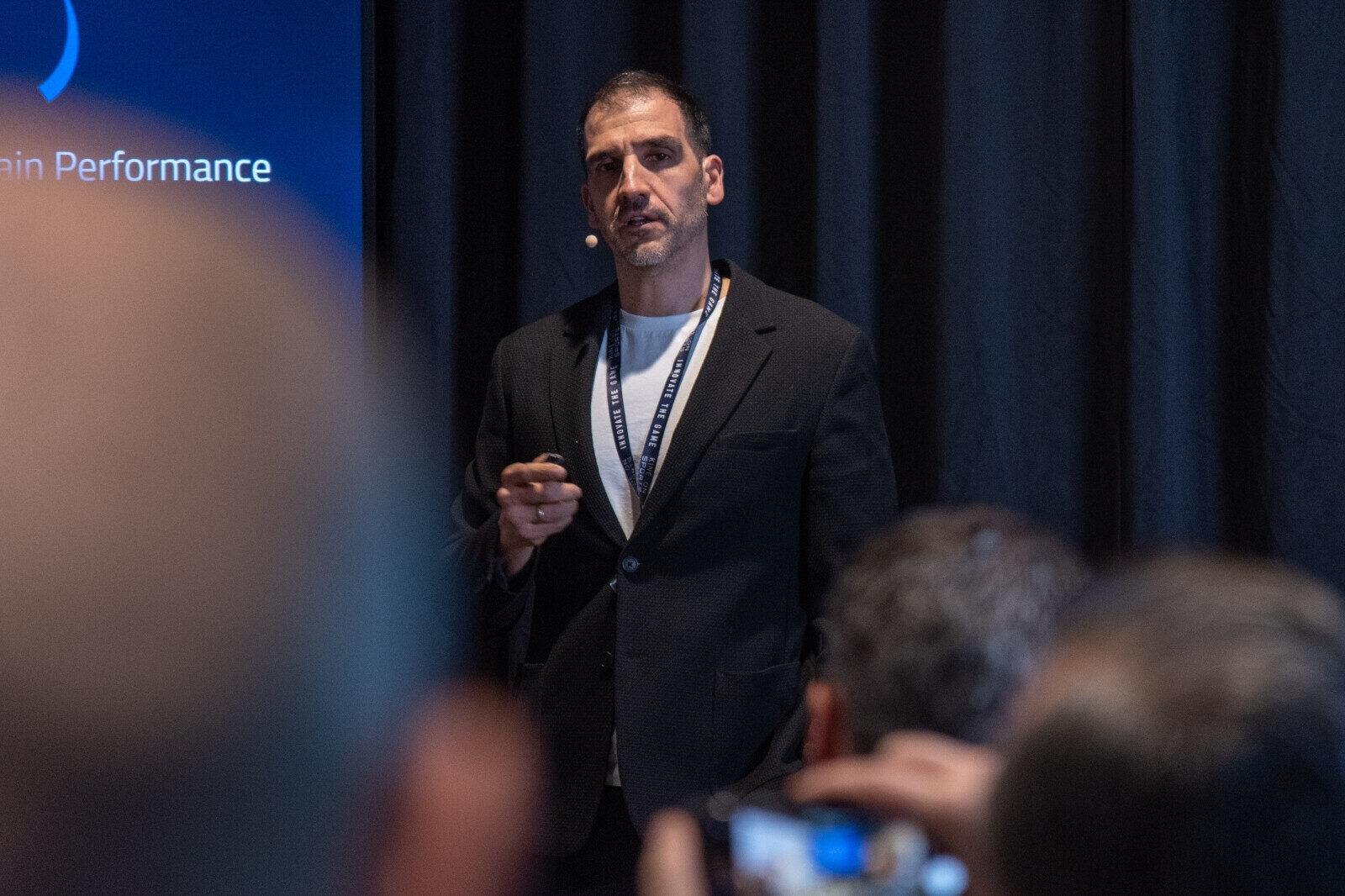Why Data is Useful When Developing a Return-To-Play Protocol
Author: Dave Grendzynski
In college basketball, we often hear inspiring stories of teams and players overcoming challenges. Furman University’s Assistant Men’s Basketball Coach Matt Aldred shared one that is data-driven.

During an appearance on “The Xtra Edge,” Coach Aldred talked about the time one of his players injured his wrist. Coach Aldred saw how determined the player was to get better.
Aldred pointed out, “Even though he can’t shoot, he can still run.” Coach then used the player’s motivation to both of their advantages.
Basketball Analytics Drive Determination
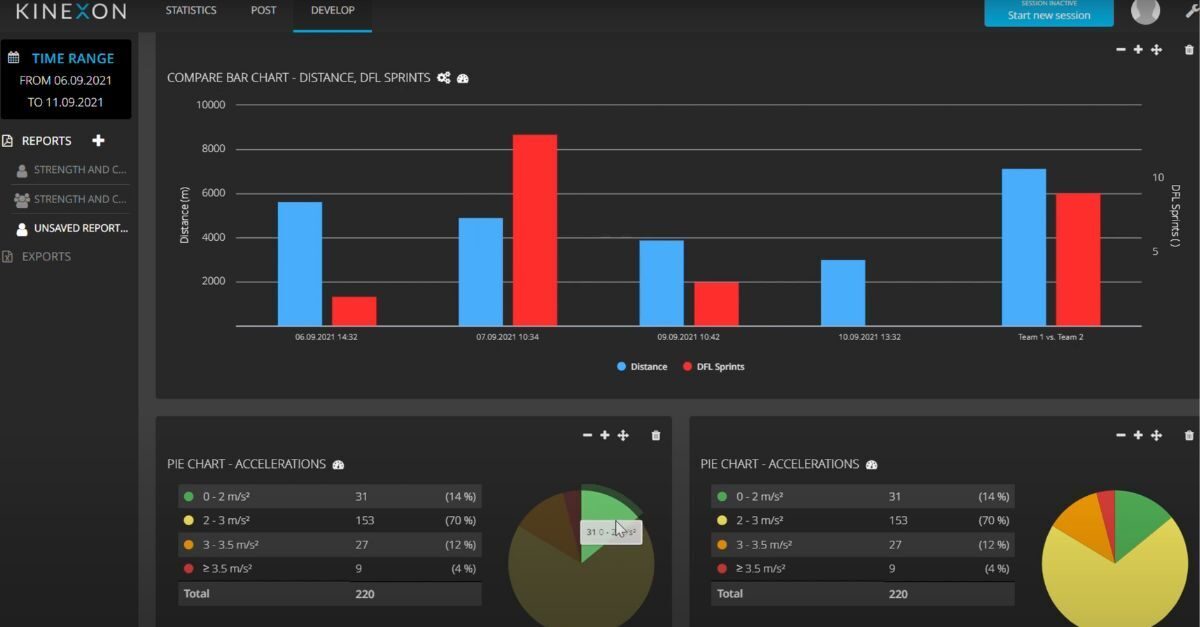
“He’d been a transfer for us. He’d been a high-level Division two player. He was essentially going to be a starter for us, so he knew he needed to get in shape,” Aldred explained.
A key part of the player’s rehab was the use of data-driven training methods. Aldred talked about how the athlete paid close attention to details, always aiming to outperform others. “He kept checking the AAL (accumulated acceleration load) on the laptop because he wanted to be the best every day,” Aldred remembered.
This commitment to using data to improve also illustrates Aldred’s innovative coaching style.
Data Guides the Rehab Process

Throughout the rehabilitation process, Aldred guided the athlete, balancing intensity and workload to ensure a seamless return to the court. “He essentially had the load aspect and the intensity aspect…I was able to kind of help with some heart rate stuff as well,” Aldred recalled. By incorporating data-driven insights, Aldred facilitated a structured approach to training, optimizing the athlete’s readiness for competition.
The culmination of Aldred’s coaching philosophy and the athlete’s unwavering dedication manifested in a remarkable outcome. “I think he started every game for us. I don’t think he missed a game through injury,” Aldred proudly recounted. This achievement underscores the transformative power of self-motivation and informed decision-making.
Player Metrics Provide the Right Mindset

In hindsight, Aldred views the athlete’s journey as a compelling case study in utilizing data to inform training strategies and foster a mindset of continuous improvement. “It was a really good case study of using data to kind of inform his decision making really and his mindset to keep pushing,” Aldred remarked.
Through the lens of Aldred’s guidance, the athlete’s journey serves as a testament to the symbiotic relationship between coaches, a player’s motivation and data-driven training methodologies.

“It was a really good case study of using data to kind of inform his decision making really and his mindset to keep pushing.”
Matt Aldred’s story embodies what college sports are all about: bouncing back from challenges, staying focused, and always striving to do your best.
As athletes and coaches deal with the ups and downs of competing, Aldred’s experience inspires us, showing how believing in yourself and using data can really make a difference in achieving athletic goals.
More Insight on Return To Play Protocols

Aldred’s insight did not stop there. Tune into this episode of “The Xtra Edge” to hear about an exercise his players do that you have to see to believe. He shares where you can see it, and the man who helps him break down his data also joins the conversation to explain the method behind the player metrics.
Or if you’re interested in learning more about balancing workloads during a basketball season, to help decrease the risk of injury, download: “A Guide to Understanding Load Management Using Player Tracking Data.”

